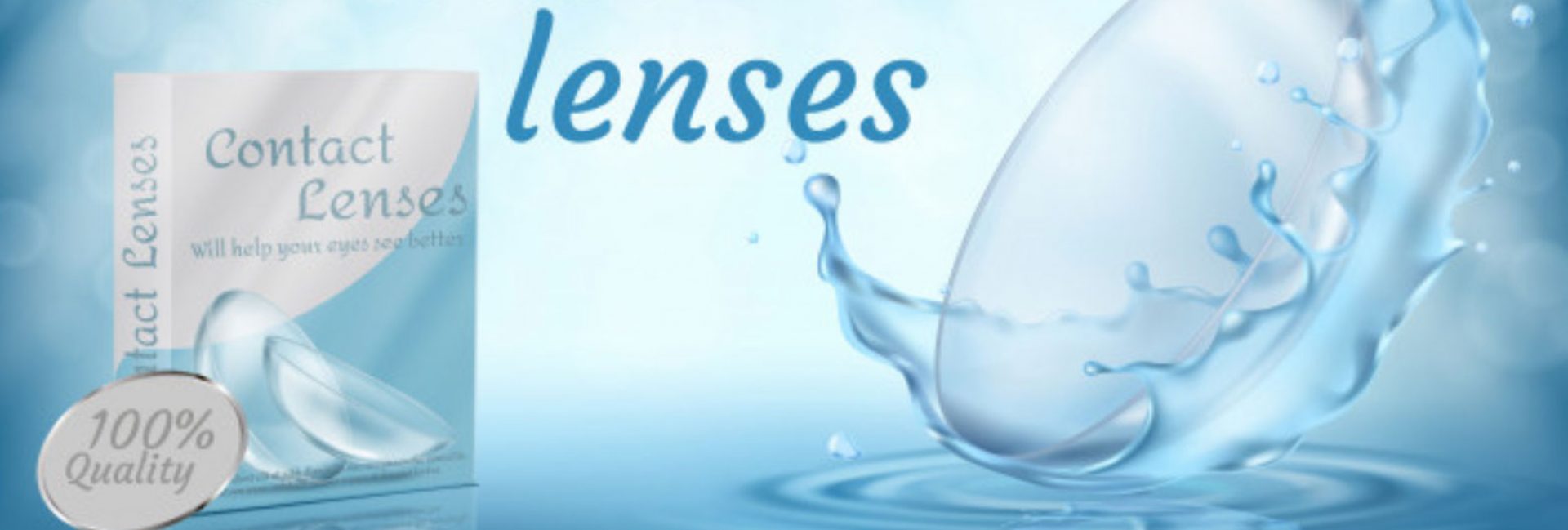Eye contact lenses are a great choice for individuals who require vision correction and don’t prefer to wear glasses or undergo eye surgery. Where you’re short-sighted, long-sighted, or you suffer from presbyopia, contact lenses can be the solution to fixing these problems.
Before you order contacts online, it’s very important for you to be informed about the different types and which one is the most suitable for your condition. There are several types of contact lenses, each type with its own pros and cons. They include;
1. Rigid Gas Permeable (RGP) Eye Contacts
These contact lenses are made of silicone compounds and allow oxygen to pass through the lenses to your eye. These contact lenses are known to be more durable and resistant to any residue that piles up on your eye, and they basically give a clearer and crisper vision to users.
Pros
- They are more comfortable to wear than other contact lenses.
- They are available in tints to enable better handling and recognition when the lenses are in a solution.
- These lenses correct most of the vision problems such as short-sightedness, long-sightedness, and presbyopia among patients.
- These contact lenses are also available for patients who require myopia control and corneal refractive therapy.
- Patients require a short adaptation period as compared with other types of contact lenses.
- They’re easy to put on.
- These contact lenses can last for an average of two years which makes them more durable than other soft contact lenses.
Cons
- Patients have to wear them constantly to maintain adaptation.
- They can slip off the eye more easily than other content lenses. This makes them a risk for those who can’t see clearly without them, even for a short while.
- These contact lenses require constant appointments with your doctor for follow-up care.
- Sand particles and dust can always accumulate under these lenses, causing blurry vision.
2. Extended-wear contact lenses
They are a type of soft contact lenses made of flexible plastics which enable oxygen to pass through to the cornea. These contact lenses are referred to as extended wear because they can be worn continuously for at least seven days.
Pros
- They are very suitable for people with an active lifestyle. Military personnel and those in sporting activities find these contact lenses particularly helpful. This is because they can leave them in for days without the need to clean them. The contact lenses are also suitable for those who work in emergency departments and shift workers.
- They are suitable for people with binocular vision problems such as amblyopia. This is because such problems are better addressed with a continuous vision correction offered by these lenses.
- They’re suitable for individuals with very high refractive errors. Continuous wearing of these contact lenses can help these people, especially when they need to see clearly the most.
Cons
- They don’t correct all vision abnormalities.
- Like most soft contact lenses, they require regular follow-up care with a doctor.
- Since they’re worn for a long time without changing, they can increase the risk of complications or lead to a worsened vision.
- The individuals who wear these contact lenses often require constant professional healthcare.
3. Extended-wear disposable contact lenses
These are one of the types of eye lenses that can be worn for an extended period of six days and then discarded. There are extended-wear disposable lenses have more hydrogel and silicone and are fit to be used for 30 days continuously before being discarded.
Pros
- Since they are worn for only a short period before being discarded, they do not require regular cleaning like other contact lenses.
- They involve a lesser risk of infection or worsened vision if the patient follows the right medical instructions.
- They are available in tints and bifocals.
- They come with spare lenses. This makes them convenient for longer use without the need to visit a doctor.
Cons
- The vision offered by these contact lenses might not be as sharp as the one offered by Rigid Gas Permeable contact lenses.
- They do not give a solution to all vision problems.
- Their handling is difficult and may require a professional’s help to clean and put them on.
4. Planned replacement contact lenses
They are prescribed to be worn and then replaced on a planned date, either after two weeks, monthly or quarterly.
Pros
- These eye contacts involve a more simplified and disinfection process coma pared to other lenses.
- They usually have less deposit on them which is good for eye health.
- These eye contacts are available in different prescriptions depending on the extent of the patient’s vision problems or preference. They can come in weekly, monthly, or quarterly prescriptions.
Cons
- Their handling requires a professional’s help.
- Their vision isn’t as sharp as the RGP lenses.
- They don’t often correct all vision problems.
5. Daily-wear soft lenses
They are contact lenses types made of flexible plastic materials that allow the passage of oxygen to the eye.
Pros
- They are more comfortable to wear than most contact lenses.
- They do not easily slip from the eye like RGP lenses do.
- They are very suitable for people with active lifestyles.
- They require a very short adaptation period compared to other contact lenses.
- They come in tints and are available in bifocals.
Cons
- They require regular visits with a doctor for follow-up care and cleaning.
- They accumulate debris easily and require more frequent replacements.
- They do not offer a sharp vision like RGP lenses.
- They don’t correct all vision problems.
Conclusion
Before you use any eye contact lenses, it’s important to have your needs in mind to get the right prescription. You should also consider factors such as the daily activities you partake in

